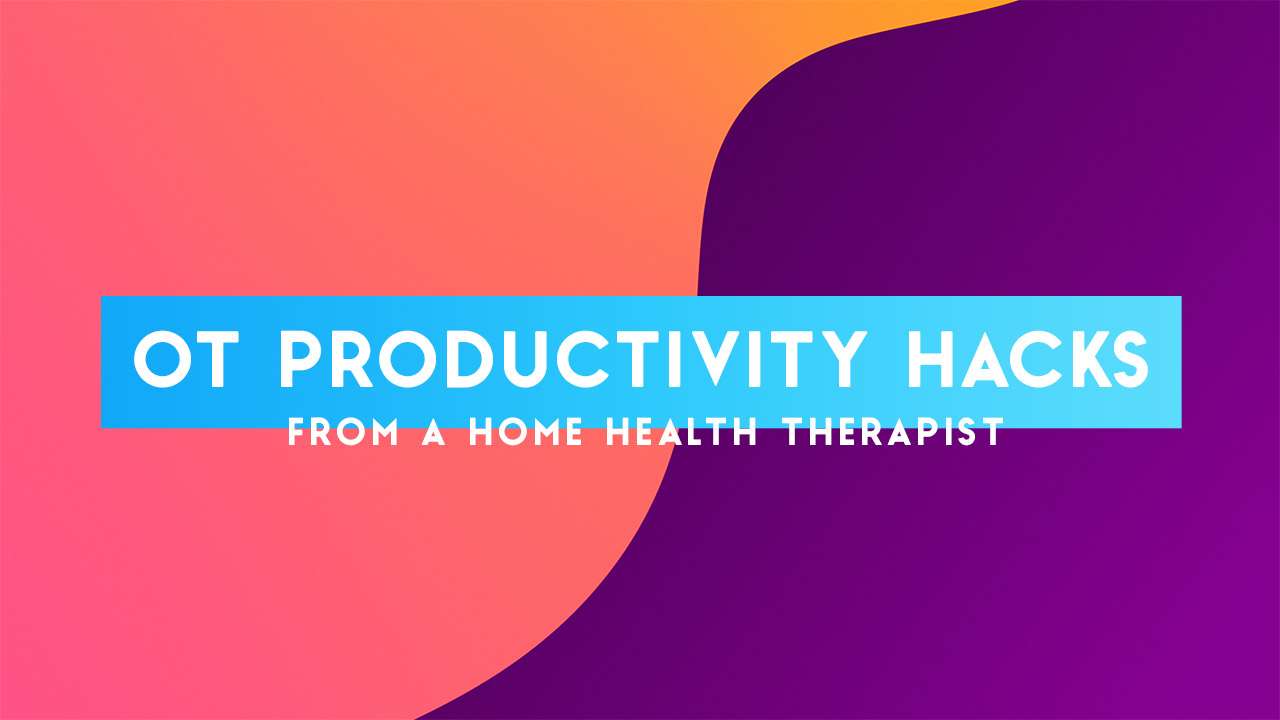Prepare the night before
Prepare what you can the night before, says Dr Hazel Wallace, a locum doctor and the author of The Food Medic – from your packed lunch to laying out your clothes. Vicky Silverthorn, a professional organiser, suggests leaving necessary items by the front door, or using sticky notes as reminders. Checking the weather forecast, keeping your calendar up to date and taking care of any time-intensive grooming routines the night before will also help you feel more prepared.
Don’t hit snooze

Try to set your alarm for when you actually need to wake up.
Photograph: MikroKon/Alamy
Dr Matthew Walker, a professor of neuroscience at the University of California, Berkeley, advises against hitting the snooze button, as it disrupts uninterrupted, quality sleep; instead he suggests setting your alarm for when you actually need to wake up. The Sleep Council, which promotes healthy sleep habits, warns that your body experiences a spike in cortisol every time your alarm goes off. If you struggle not to press the button, leave the alarm across the room, so you have to walk over to silence it. You could also try one that eases you awake with light or vibrations.
Declutter

Have a home for everything.
Photograph: Cavan Images/Getty Images/Cavan Images RF
Silverthorn advocates getting into a routine of placing your keys and other essential items in the same place each time you get in, be it on a hook or in a tray or a drawer: “Have a home for everything.” Decluttering your home can also lead to a more streamlined routine. “The less you have, the easier it is to be in charge of your home, rather than it being in charge of you.”
Get breakfast ready

Preparing overnight oats will save you time.
Photograph: Guido Mieth/Getty Images
Wallace makes overnight oats most evenings and takes them with her to work the next day. Silverthorn says it is useful to have systems in place, such as checklists or a tea and coffee station in the kitchen, but she warns against anything complicated, as it has less chance of sticking long-term. If your children are old enough to make their own breakfast, leave bowls and food within their reach, to encourage independence. “The kitchen is the hub of the home. If that’s in the right place, as it were, then everything runs more smoothly,” she says.
Take a few minutes

Start the day with five minutes to yourself.
Photograph: Westend61/Getty Images
Many of us make the mistake of reaching for our phones first thing. Instead, Silverthorn encourages starting the day with at least five minutes away from gadgets, perhaps spent making a cup of tea and sitting down to drink it in peace. “That is vital for me every morning. It’s five minutes to get your head together. You can say it’s hard, but five minutes is doable.” The daily commute can also be made less stressful with a few tweaks, says Wallace. Check for delays, leave in plenty of time, wear comfortable shoes and have a book or a podcast ready for your journey.
2. Set An Alarm Clock
Considering how much time youth spend on their devices, the temptation to let children use their phones or iPads or Alexa to rouse themselves is high. Device alarms function similarly to an actual clock but with more bells and whistles. Kids can set personalized ring tones, hit snooze on their phones or convince Alexa to give them five more minutes. The problem is that some kids do not hear their device’s alarm, which means mom or dad has to wake their sleeping-past-time-to-get-up child. This leads to the first fight of the day. One suggestion is to use an old-school alarm clock. These machines are typically loud and grate on the listener’s nerves. Whoever is closest to the clock has to get out of bed and turn it off. Now standing, kids should make their way to the bathroom to get their day started.
Another suggestion is to set multiple alarms. If you are growing your child’s independence, allow them to set whatever device they want. Then, use a clock as a backup. Hopefully, between the two or three alarms, your child will rise and shine on his own every morning.
MISSION, KS / ACCESSWIRE / September 16, 2021 / Mornings are often the most important part of the day – they can make or break your mood and set the tone for all of your to-dos. To help combat the hecticness that can arrive when the sun comes up, consider these five tips for a stress-free start to the day.
Fine-tune your fashion at night. Whether you are focused on getting yourself out the door or have kids who need to get to school, planning what to wear the night before can help save time. When the clock is ticking and you have somewhere to be, the fear of a missing shoe or misplaced accessory can throw everything off.
Express gratitude. Take a few moments after rising to jot down or be mindful of a few things you are grateful for, no matter how big or small. Starting the day in a positive state of mind can lift your mood and provide residual benefits throughout the day.
Organize what leaves with you. Designate a place where everyone can stash the things they need to take when they leave the house – whether it’s a backpack, purse, briefcase or gym bag. When you return home at night, empty used or unneeded items and replace them so you can grab and go in the morning.
Boost your breakfast routine. While cereal or toast are easy standbys, certain days call for a more savory breakfast. Skip dirtying dishes at home and snag Wendy’s on-the-go. Breakfast becomes a breeze with craveable breakfast sandwiches like the Sausage, Egg & Swiss Croissant or Bacon, Egg & Swiss Croissant, both made with fresh-cracked eggs and housed on warm, flaky croissants. For caffeine lovers, grab a hot coffee made with 100% Arabica beans, cold brew coffee steeped for 12 hours or a one-of-a-kind Frosty-ccino – cold brew coffee topped with Frosty creamer – for that extra kick to jump start your day. See the complete breakfast lineup at Wendys.com or on its mobile app.
Avoid distractions. If you’re like many people, reaching for your phone is the first thing you do after opening your eyes. However, this trap can get you sucked into emails, scrolling through your newsfeed or falling into a social media rabbit hole, which devours precious time. Force yourself to leave your phone and other similar distractions out of your morning routine to get out the door more efficiently.
No one wants to start the day in chaos. Simple time management and planning can help make hectic mornings more enjoyable and productive.
Contact:
Michael French
[email protected]
1-888-824-3337
editors.familyfeatures.com
About Family Features Editorial Syndicate
A leading source for high-quality food, lifestyle and home and garden content, Family Features provides readers with topically and seasonally relevant tips, takeaways, information, recipes, videos, infographics and more. Find additional articles and information at
Culinary.net
and
eLivingToday.com
SOURCE: Family Features
View source version on accesswire.com:
https://www.accesswire.com/664377/5-Tips-for-a-Stress-Free-Morning
Exercise and stress: Get moving to manage stress
Exercise in almost any form can act as a stress reliever. Being active can boost your feel-good endorphins and distract you from daily worries.
By Mayo Clinic Staff
You know that exercise does your body good, but you’re too busy and stressed to fit it into your routine. Hold on a second — there’s good news when it comes to exercise and stress.
Virtually any form of exercise, from aerobics to yoga, can act as a stress reliever. If you’re not an athlete or even if you’re out of shape, you can still make a little exercise go a long way toward stress management. Discover the connection between exercise and stress relief — and why exercise should be part of your stress management plan.
Exercise and stress relief
Exercise increases your overall health and your sense of well-being, which puts more pep in your step every day. But exercise also has some direct stress-busting benefits.
- It pumps up your endorphins. Physical activity may help bump up the production of your brain’s feel-good neurotransmitters, called endorphins. Although this function is often referred to as a runner’s high, any aerobic activity, such as a rousing game of tennis or a nature hike, can contribute to this same feeling.
- It reduces negative effects of stress. Exercise can provide stress relief for your body while imitating effects of stress, such as the flight or fight response, and helping your body and its systems practice working together through those effects. This can also lead to positive effects in your body — including your cardiovascular, digestive and immune systems — by helping protect your body from harmful effects of stress.
-
It’s meditation in motion. After a fast-paced game of racquetball, a long walk or run, or several laps in the pool, you may often find that you’ve forgotten the day’s irritations and concentrated only on your body’s movements.
As you begin to regularly shed your daily tensions through movement and physical activity, you may find that this focus on a single task, and the resulting energy and optimism, can help you stay calm, clear and focused in everything you do.
- It improves your mood. Regular exercise can increase self-confidence, improve your mood, help you relax, and lower symptoms of mild depression and anxiety. Exercise can also improve your sleep, which is often disrupted by stress, depression and anxiety. All of these exercise benefits can ease your stress levels and give you a sense of command over your body and your life.
Put exercise and stress relief to work for you
A successful exercise program begins with a few simple steps.
- Consult with your doctor. If you haven’t exercised for some time or you have health concerns, you may want to talk to your doctor before starting a new exercise routine.
-
Walk before you run. Build up your fitness level gradually. Excitement about a new program can lead to overdoing it and possibly even injury.
For most healthy adults, the Department of Health and Human Services recommends getting at least 150 minutes of moderate aerobic activity or 75 minutes of vigorous aerobic activity a week, or a combination of moderate and vigorous activity. Examples of moderate aerobic activity include brisk walking or swimming, and vigorous aerobic activity can include running or biking. Greater amounts of exercise will provide even greater health benefits.
Also, aim to do strength training exercises for all major muscle groups at least two times a week.
-
Do what you love. Almost any form of exercise or movement can increase your fitness level while decreasing your stress. The most important thing is to pick an activity that you enjoy. Examples include walking, stair climbing, jogging, dancing, bicycling, yoga, tai chi, gardening, weightlifting and swimming.
And remember, you don’t need to join a gym to get moving. Take a walk with the dog, try body-weight exercises or do a yoga video at home.
- Pencil it in. In your schedule, you may need to do a morning workout one day and an evening activity the next. But carving out some time to move every day helps you make your exercise program an ongoing priority. Aim to include exercise in your schedule throughout your week.
Stick with it
Starting an exercise program is just the first step. Here are some tips for sticking with a new routine or refreshing a tired workout:
-
Set SMART goals. Write down SMART goals — specific, measurable, attainable, relevant and time-limited goals.
If your primary goal is to reduce stress in your life, your specific goals might include committing to walking during your lunch hour three times a week. Or try online fitness videos at home. Or, if needed, find a babysitter to watch your children so that you can slip away to attend a cycling class.
- Find a friend. Knowing that someone is waiting for you to show up at the gym or the park can be a powerful incentive. Try making plans to meet friends for walks or workouts. Working out with a friend, co-worker or family member often brings a new level of motivation and commitment to your workouts. And friends can make exercising more fun!
- Change up your routine. If you’ve always been a competitive runner, take a look at other, less competitive options that may help with stress reduction, such as Pilates or yoga classes. As an added bonus, these kinder, gentler workouts may enhance your running while also decreasing your stress.
-
Exercise in short bursts. Even brief bouts of physical activity offer benefits. For instance, if you can’t fit in one 30-minute walk, try a few 10-minute walks instead. Being active throughout the day can add up to provide health benefits. Take a mid-morning or afternoon break to move and stretch, go for a walk, or do some squats or pushups.
Interval training, which entails brief (60 to 90 seconds) bursts of intense activity at almost full effort, can be a safe, effective and efficient way of gaining many of the benefits of longer duration exercise. What’s most important is making regular physical activity part of your lifestyle.
Whatever you do, don’t think of exercise as just one more thing on your to-do list. Find an activity you enjoy — whether it’s an active tennis match or a meditative meander down to a local park and back — and make it part of your regular routine. Any form of physical activity can help you unwind and become an important part of your approach to easing stress.
There is a problem with information submitted for this request. Review/update the information highlighted below and resubmit the form.
From Mayo Clinic to your inbox
Sign up for free, and stay up to date on research advancements, health tips and current health topics, like COVID-19, plus expertise on managing health.
ErrorEmail field is required
ErrorInclude a valid email address
To provide you with the most relevant and helpful information, and understand which information is beneficial, we may combine your email and website usage information with other information we have about you. If you are a Mayo Clinic patient, this could include protected health information. If we combine this information with your protected health information, we will treat all of that information as protected health information and will only use or disclose that information as set forth in our notice of privacy practices. You may opt-out of email communications at any time by clicking on the unsubscribe link in the e-mail.
Thank you for subscribing!
You’ll soon start receiving the latest Mayo Clinic health information you requested in your inbox.
Sorry something went wrong with your subscription
Please, try again in a couple of minutes
- Physical Activity Guidelines for Americans. 2nd ed. U.S. Department of Health and Human Services. https://health.gov/our-work/physical-activity/current-guidelines. Accessed Aug. 10, 2020.
- AskMayoExpert. Physical activity (adult). Mayo Clinic; 2020.
- Working out boosts brain health. American Psychological Association. https://www.apa.org/topics/exercise-stress. Accessed Aug. 10, 2020.
- Seaward BL. Physical exercise: Flushing out the stress hormones. In: Essentials of Managing Stress. 4th ed. Jones & Bartlett Publishers; 2017.
- Bodenheimer T, et al. Goal-setting for behavior change in primary care: An exploration and status report. Patient Education and Counseling. 2009; doi:10.1016/j.pec.2009.06.001.
- Locke E, et al. Building a practically useful theory of goal setting and task motivation: A 35-year odyssey. American Psychologist. 2002; doi:10.1037//0003-066x.57.9.705.
- Olpin M, et al. Healthy lifestyles. In: Stress Management for Life. 4th ed. Cengage Learning; 2016.
- Laskwoski ER (expert opinion). Mayo Clinic. Aug. 12, 2020.
See more In-depth




